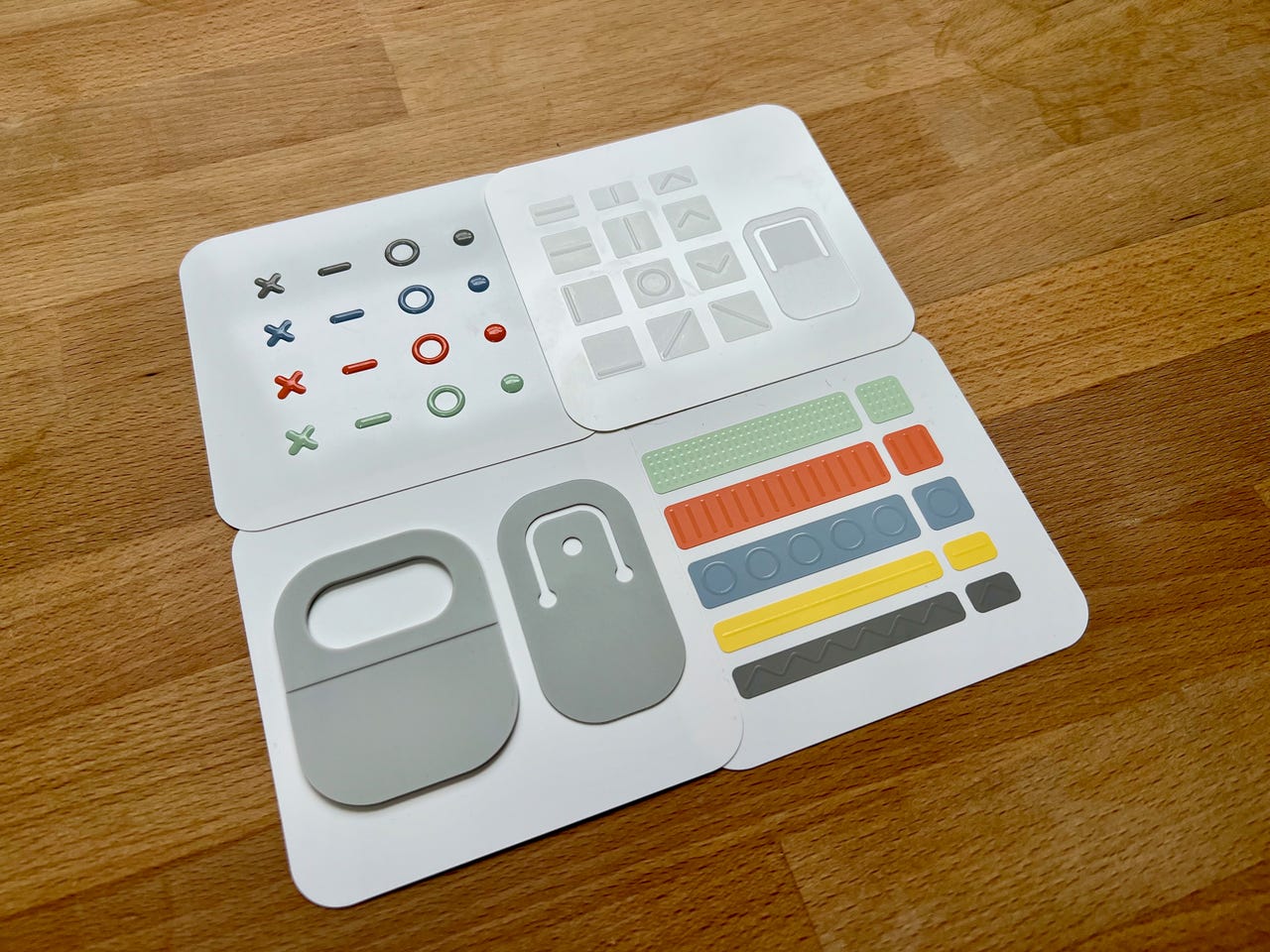'ZDNET Recommends': What exactly does it mean?
ZDNET's recommendations are based on many hours of testing, research, and comparison shopping. We gather data from the best available sources, including vendor and retailer listings as well as other relevant and independent reviews sites. And we pore over customer reviews to find out what matters to real people who already own and use the products and services we’re assessing.
When you click through from our site to a retailer and buy a product or service, we may earn affiliate commissions. This helps support our work, but does not affect what we cover or how, and it does not affect the price you pay. Neither ZDNET nor the author are compensated for these independent reviews. Indeed, we follow strict guidelines that ensure our editorial content is never influenced by advertisers.
ZDNET's editorial team writes on behalf of you, our reader. Our goal is to deliver the most accurate information and the most knowledgeable advice possible in order to help you make smarter buying decisions on tech gear and a wide array of products and services. Our editors thoroughly review and fact-check every article to ensure that our content meets the highest standards. If we have made an error or published misleading information, we will correct or clarify the article. If you see inaccuracies in our content, please report the mistake via this form.
Hands-on with Microsoft's simple -- yet effective -- Surface Adaptive Kit

All four sheets of labels in the Adaptive Kit.
At first glance, Microsoft's $15 Surface Adaptive Kit appears to be an accessory that's easy to scroll by and forget about. I know I looked at it on Microsoft's website for a few minutes and then filed it away as something that was neat, but not necessarily applicable to me.
But a few weeks ago, Microsoft sent me the Adaptive Kit to check out for myself and I've changed my mind. Not only is Microsoft making its line of Surface products easier to use for those with disabilities, but the Adaptive Kit adds optional functionality for everyone. And, best of all, it's affordable.
COVID-19 Testing
Included with each kit is four different sheets, each one with a different set of stickers with a tactile design on top of them. There's a sheet of "bump labels" that include a dot, a circle a line and an X in a total of four colors. It's up to you where and how you want to use each shape or color. Microsoft uses the example of placing a line label on a pair of touch-enabled headphones to help you quickly find where touch interactions will work.
There's also a set of keycap labels. The keycap labels have different shapes on them, such as arrows, lines and a sickle. The lines are placed in various spots on the square that are the same size as a keycap. You can, for example, use the arrow labels on the arrow keys -- or the circle label on the Control key. Think of the keycap labels like the small bumps that are commonplace on the F and J keys, only bigger and easier to discover.
Perhaps my favorite sheet is the one that includes port and cable labels. There are five different options, with each longer label and the small sticker having the same tactile pattern and color. You place the small sticker next to a port, say a USB-C port for a docking station, and then wrap the longer label around the cable. With the labels applied, you know exactly which cable plugs into which port either based on color alone, or using the bumps, circles or lines on the stickers.
Finally, there's another label sheet that includes two different stickers that help you open the lid of a laptop, or extend the kickstand from your Surface 2-in-1. A lanyard is required for use with the smaller opener, however it's not included with the Adaptive Kit. The bigger sticker on this sheet is designed to help you open the lid on your laptop using the built-in loop.
All of the labels have a strong adhesive on the back, which isn't permanent, but you're going to have a hard time removing them.
Accessibility is either something you care about, or something you don't often think about. Until recently, I was leaning mostly into the latter part of that equation. Sure, I looked into accessibility features and products, but it wasn't something I personally needed. I still don't need anything that's in the Adaptive Kit, but (not to get too personal), I recently had a family member suffer a stroke that impacted their vision. They went from seeing just fine, to needing help reading a text message on their iPhone.
While a lot of focus is put on software accessibility tools (larger fonts, screen readers, etc.), hardware accessibility such as those enabled by the Adaptive Kit for Microsoft's Surface products, are just as important.
If we're being honest with ourselves, at some point we're all going to need help using the tech we rely on daily as we age. It's fantastic to see Microsoft moving the conversation forward with the Adaptive Kit -- hopefully it's something that catches the attention of its competitors (looking at you Apple, Samsung and even Google) to inspire more conversations about making hardware and software easier to use for everyone.
